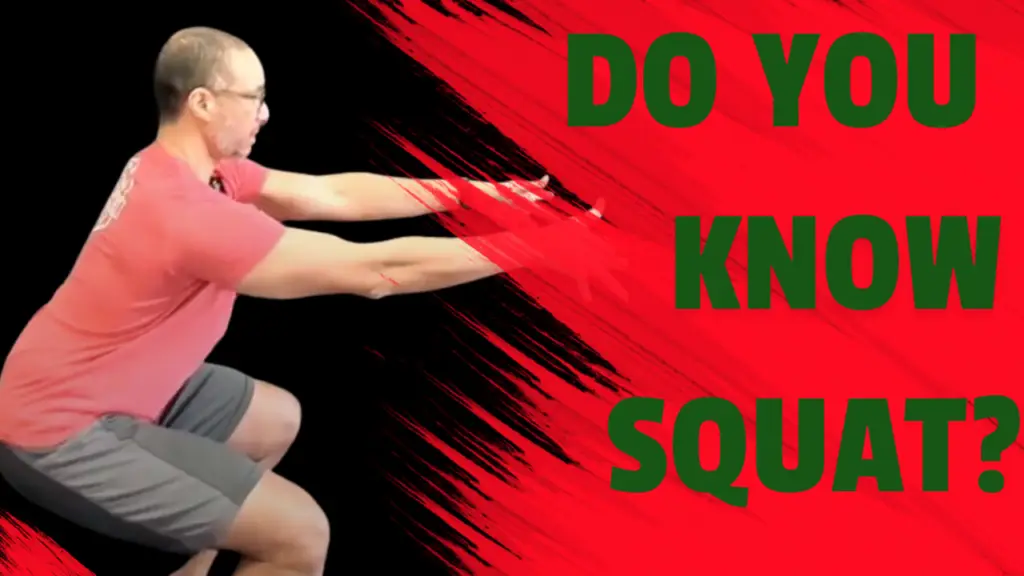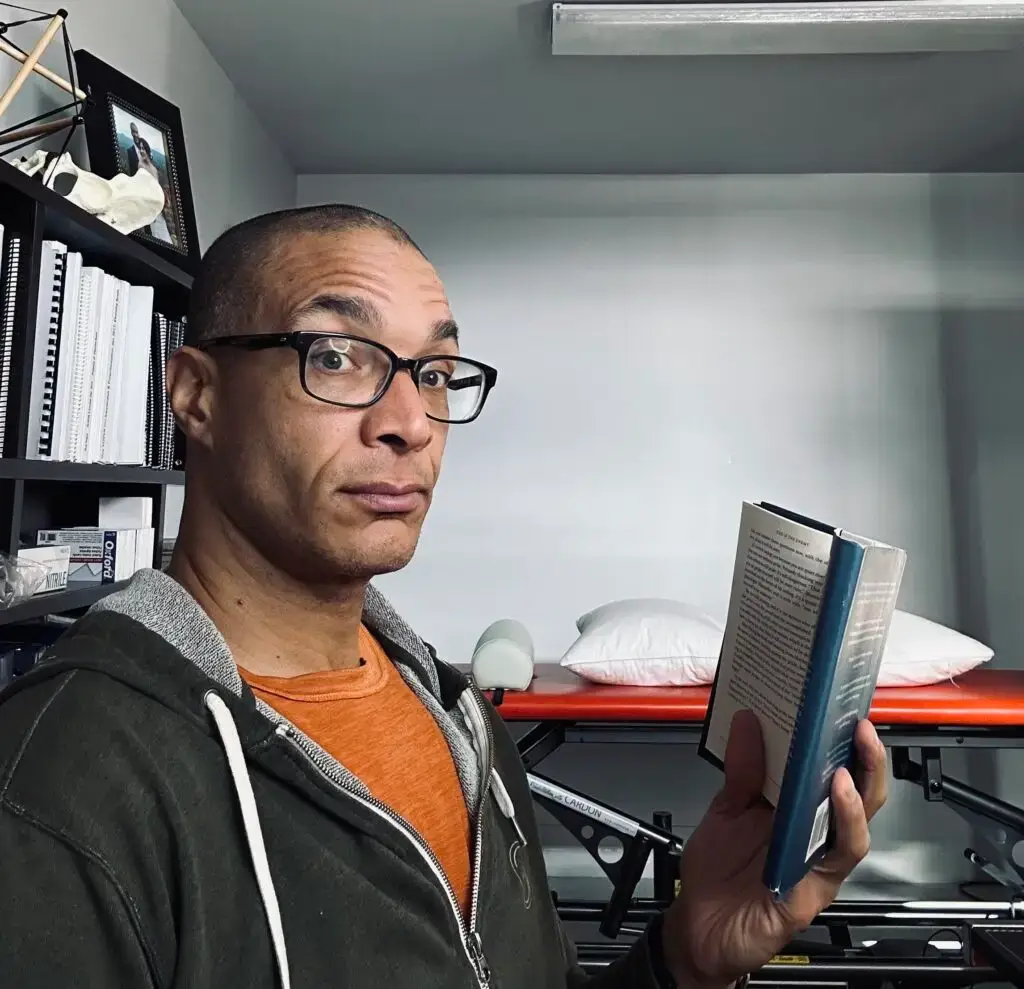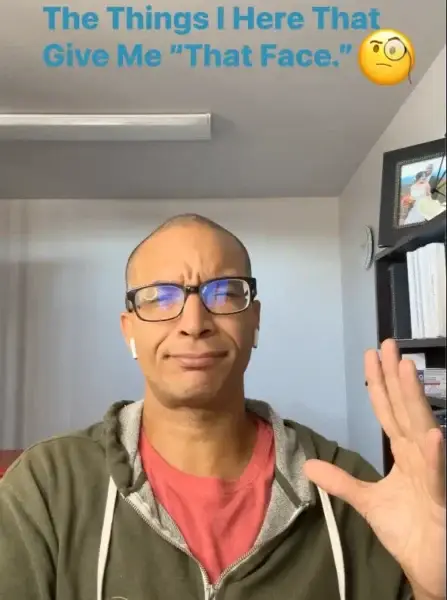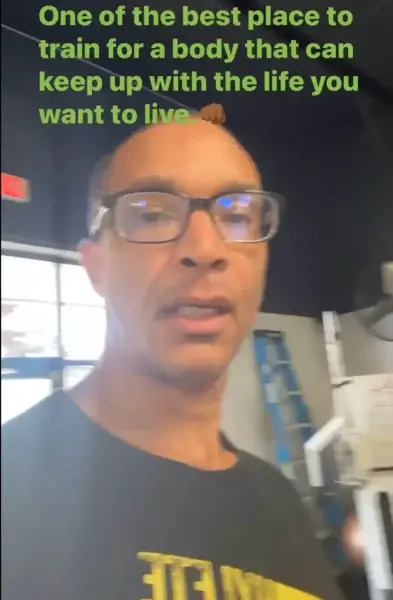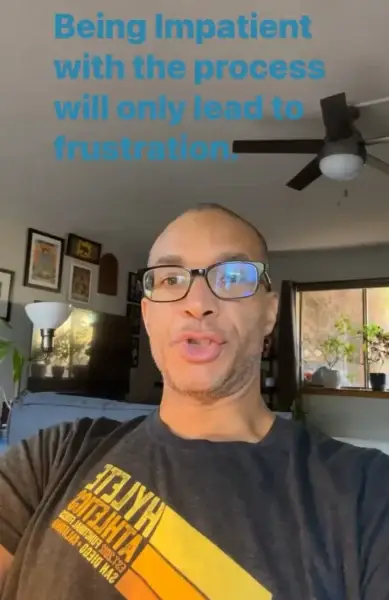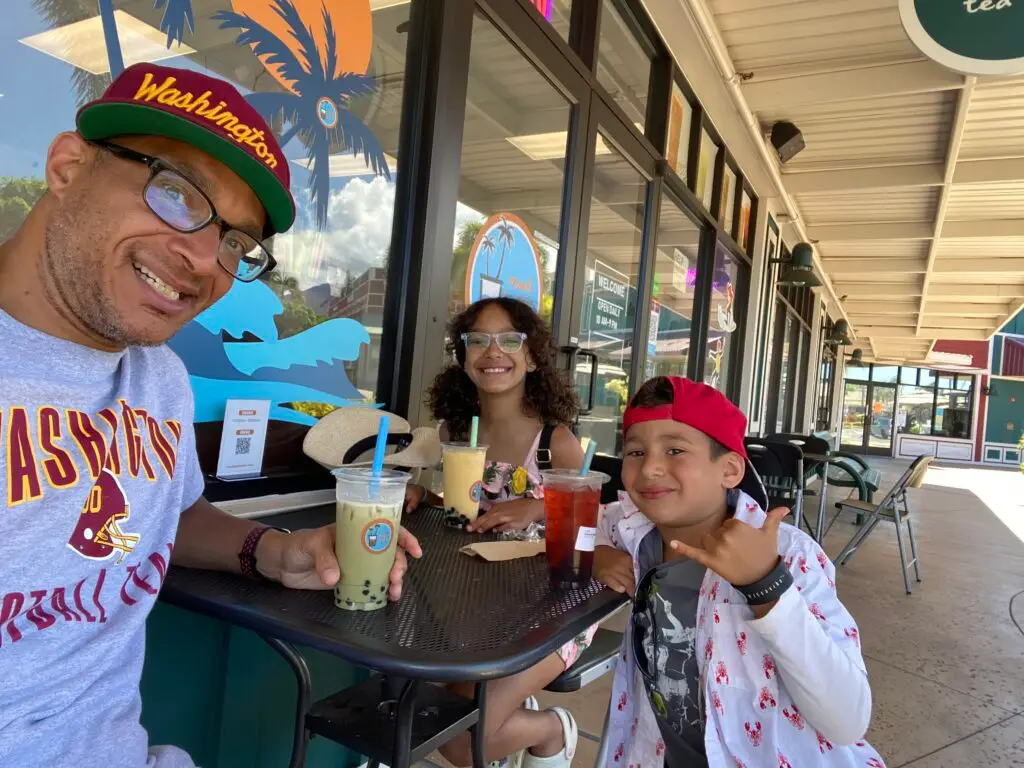
August is always a quiet invitation—not just the end of summer, but the beginning of a rhythm shift that ripples through my home, my body, and my mind. This year, that shift feels different. Heavier. More alive.
Soleil, my oldest, is stepping into middle school. She’s twelve, standing in that in-between space where childhood’s openness meets the first hints of independence. There’s a new energy about her—sometimes light and playful, other times more measured and thoughtful. She doesn’t always share what’s on her mind, but I can sense the mix of excitement, uncertainty, and curiosity that comes with entering a new world.
Bodhi, my youngest, is heading into third grade. At eight, he still meets change like it’s a grand adventure—full of enthusiasm and optimism. His excitement is a reminder that not all transitions have to feel like a challenge; some can feel like pure possibility.
And yet, as their father, I feel both of their worlds within my own. The steady rhythm of our summer days is giving way to earlier mornings, tighter schedules, and a shift in emotional focus. It’s in moments like this that I’m reminded: a reset isn’t just something my kids need. I need it too—not as a “get back on track” plan, but as a recalibration of my presence and priorities so I can meet them fully in this new season, not just watch them step into it.
Why Change in Routine Affects the Body
A change in schedule is more than just different wake-up times or new carpools. Your body’s structure — especially your fascia — is deeply influenced by rhythm, routine, and the emotional undercurrent of your days. When you shift from summer’s looseness into the structured demands of a school year, your fascia responds to the change.
For some, that means tension building in the spine and neck. For others, it’s subtle fatigue or that tight, compressed feeling in the chest and shoulders. It’s your body’s way of saying, “We’re adapting — but we need help.”
Fascia and the Back-to-School Reset
Fascia is the connective tissue that shapes and supports everything you do. It doesn’t just hold you together; it transmits force, stores energy, and influences how you feel in your own skin.
This is why I center so much of my training and therapy around fascia. A reset this time of year isn’t about “working harder” — it’s about moving in a way that creates space, restores balance, and allows your nervous system to breathe. Research supports this approach, showing that while stretching can feel good in the moment, it’s only part of the picture — lasting change requires addressing deeper structural balance and movement habits (Why Stretching Alone Isn’t Enough to Fix Your Pain).
It’s also why I encourage people to explore our guides on how to work with your body holistically as a way to work with the body’s natural adaptation process, rather than fighting it. These services all work together as opposed to different modalities giving you different outcomes.
The Reset Isn’t Just Physical
Here’s where it gets philosophical. Back-to-school season mirrors life transitions of all kinds. Change is constant, but our bodies and minds can either brace against it or move with it. Fascia-focused movement teaches you how to move with it.
When you create more space in your body, you create more space for patience, resilience, and presence. For me, that means I can be more available to my kids — not just physically at the drop-off line, but mentally, emotionally, and energetically.
A Simple Starting Point
This week, try this:
- Take five minutes each morning to move your spine in all directions — gently and with awareness.
- Focus on length, not force. Imagine you’re creating space between each vertebra.
- Notice how this shifts not just your posture, but your state of mind.
Over time, these small acts of care ripple outward. The structure of your body supports the structure of your life. And that’s what allows you to step into each season — school year or otherwise — with a sense of steadiness.
Follow the Thread—Where Movement, Fascia, and Freedom Align
Find more insight, reflection, and fascia-informed care across the platforms where we stay connected:


